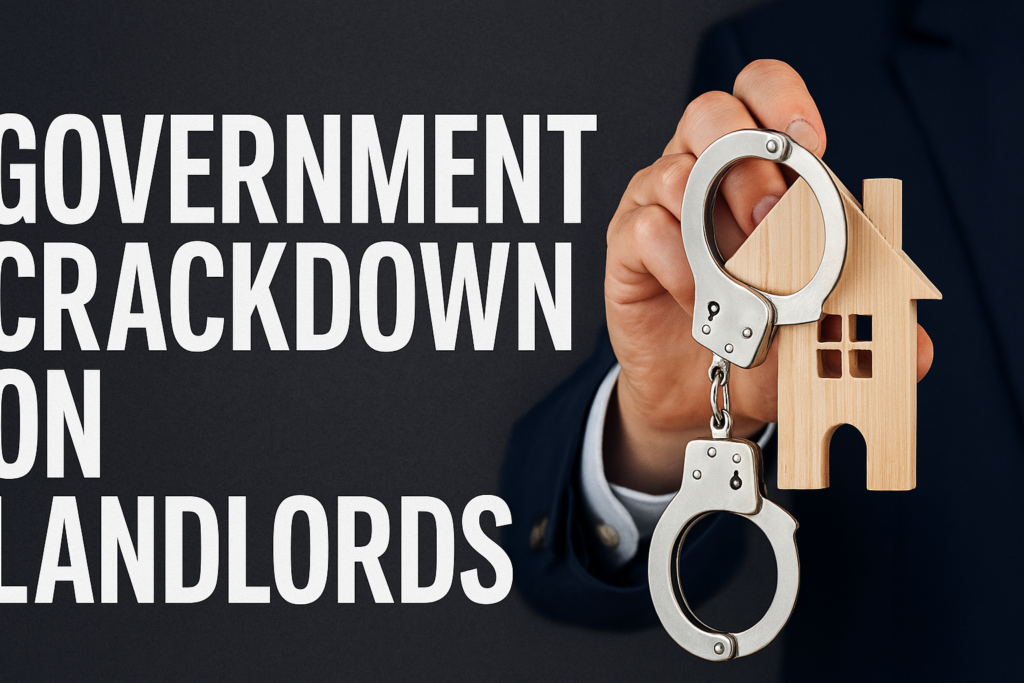Introduction: A Defining Shift for UK Property and Planning Policy
The proposed Bold Planning and Infrastructure Bill signals a fundamental transformation in planning, infrastructure, and housing development across the UK.
The property sector stands at the forefront of opportunity as government priorities shift towards economic revitalisation, accelerated housing delivery, and net-zero infrastructure.
This article explores the key implications, strategic advantages, and actionable insights for stakeholders ready to capitalise on this legislative overhaul.
Streamlined Planning System: Catalysing Housing and Commercial Growth
Centralised Decision-Making Powers
The Bill proposes transferring more decision-making powers from local authorities to central government and regional development corporations.
This move aims to expedite approvals and remove political bottlenecks stalling development.
Faster approvals for major projects via Development Consent Orders (DCOs)
Reduced planning delays for nationally significant infrastructure
Enhanced coordination between housing, transport, and environmental planning
Digital Planning Transformation
The integration of digital planning platforms will revolutionise the application and consultation process, improving transparency and accessibility for developers, local communities, and investors alike.
Key Benefits:
Real-time tracking of applications
Open-source planning data
Increased stakeholder engagement through digital consultations
Infrastructure Levy Reform: A New Framework for Funding Growth
Replacing Section 106 and Community Infrastructure Levy (CIL)
The proposed Infrastructure Levy represents a more streamlined and flexible funding model, calculated as a fixed proportion of the final gross development value (GDV).
Impacts:
Predictability for developers regarding financial obligations
Simplified negotiation processes
Consistent funding streams for councils to support roads, schools, and green spaces
Affordable Housing Delivery
Unlike Section 106, which often led to protracted negotiations, the Levy will incorporate in-kind contributions, allowing developers to build affordable housing on-site rather than paying a financial commuted sum.
Outcome:
Increased delivery of affordable homes
Better integration of affordable units into mixed-tenure communities
Reduced legal disputes over planning obligations
Green Infrastructure Mandates: Aligning with Net-Zero Objectives
Mandatory Biodiversity Net Gain (BNG)
All new developments will be required to deliver a minimum 10% biodiversity net gain under the Environment Act, enforced via the Planning Bill.
Long-term conservation covenants
On-site habitat enhancements or off-site credits
Environmental Land Management Schemes (ELMS) integration
Decarbonising the Built Environment
The Bill will also embed sustainability metrics into planning decisions, influencing:
Low-carbon building materials
Solar and EV infrastructure requirements
Energy performance standards in new homes and commercial buildings
Empowering Development Corporations and Strategic Land Promotion
Regional Growth Partnerships
Development Corporations will play a pivotal role in delivering new towns, regeneration schemes, and infrastructure corridors.
These entities can acquire land, override local plans, and fast-track strategic development zones.
Unlocking Brownfield and Green Belt Land
The Bill encourages repurposing underutilised urban land through funding incentives, zoning changes and simplified compulsory purchase orders (CPOs).
It also opens limited scope for reviewing Green Belt boundaries, particularly near transport hubs.
Skills and Labour Pipeline: Building Capacity for Growth
Construction Sector Upskilling
The government aims to support the property sector’s labour needs by investing in:
Apprenticeship grants
Modular construction training
Planning officer recruitment funds
Planning Capacity Fund
Local planning authorities will benefit from dedicated funding to enhance processing capacity and expertise in environmental assessments, digital tools, and design codes.
Public-Private Collaboration: Creating Resilient, Investable Places
The new planning landscape fosters greater collaboration between local authorities, developers, housing associations, and institutional investors.
Strategic Partnership Models:
Joint ventures for infrastructure-led housing schemes
Long-term institutional investment in Build-to-Rent (BTR)
Affordable housing delivery through Registered Providers
These partnerships can leverage economies of scale, mitigate risk, and improve placemaking quality.
Planning Bill Overview
The Bold Planning and Infrastructure Bill includes the following key areas:
Streamlined Planning Process
Centralised Powers: More authority is given to central government and development corporations.
Digital Planning: Modernisation of the planning system with digital platforms and open data.
Infrastructure Levy
GDV-Based Contributions: Developers pay a fixed percentage of the final gross development value.
Affordable Housing Delivery: Allows on-site delivery of affordable housing instead of only cash contributions.
Green Infrastructure Requirements
10% Biodiversity Net Gain: Mandatory improvement to local biodiversity on new developments.
Low-Carbon Development: Requirements for energy-efficient construction and sustainability standards.
Development Corporations
New Towns & Regeneration: These corporations will lead the delivery of significant housing and infrastructure projects.
Brownfield Redevelopment: Incentives and powers to regenerate unused or underutilised land.
Skills & Planning Capacity
Construction Training: Investment in apprenticeships and modern construction techniques.
Planning Officer Funding: Increased funding to local authorities to improve planning capacity and speed.
Final Thoughts: Seizing the Moment for Innovation and Investment
The Bold Planning and Infrastructure Bill presents a rare alignment of policy ambition, funding reform, and regulatory overhaul.
For property professionals—developers, investors, planners, and housing providers—this is a once-in-a-generation opportunity to drive value creation, meet housing demand, and contribute to sustainable urban futures.
Those who act decisively, embrace policy shifts, and innovate in delivery models will emerge as leaders in the next wave of UK real estate growth.
Read our other Blogs:
Universal Credit Changes in April 2025: Landlords and Tenants
The Impact of Housing Booms on the Macroeconomy 2025





